The Bajo Paragua forest of Eastern Bolivia is ground zero in the fight to save the Amazon Rainforest from logging, fire, and conversion to agriculture. Intact through 2019, some 5-10% of the forest burned during the terrible fire season of 2020, spilling over from the deforestation frontier just to the south. If these trends continue, the entire forest, an area one and a half times the size of Delaware, will be lost within a few years. With it will go the livelihoods and culture, the very being of the indigenous Guarasug’we people, as well as 337,162,504 metric tonnes of carbon – up in smoke.
To hold the line, our conservation partners propose to work with the Guarasug’we and local governments to create the San Ignacio and Concepcion Municipal Protected Areas, safeguarding over 2 million acres of rich, lowland rainforest. Our partner will train, equip and deploy patrols and fire brigades to protect the forest and its indigenous residents. Some additional forest loss is perhaps inevitable, but we think we can slow it down and secure the remaining forest within a few years. The burnt patches will regenerate; the Amazon will survive.
Bajo Paragua forest
2,054,193
Crowned Solitary Eagle (EN), Amazon River Dolphin (EN), Black-faced Black Spider Monkey (EN), Umburana Do Cheiro (EN) Giant Otter (EN), Tapir (VU) and Jaguar (VU)
(CR)=Critically Endangered, (EN)=Endangered, (VU)=Vulnerable
Conservation Area Designation
Fundación Natura Bolivia / Rainforest Trust
354,251,601 mT*
*(metric tonnes of CO2 equivalents)
Urgent action is required to save the remaining forest. By helping us create the San Ignacio and Concepcion Municipal Protected Areas, your support will provide new long-term legal protection to the Bajo Paragua Forest.
Our partner’s top priority will be to work closely with the Guarasug’we to take back control of their land and forest to preserve their culture. Helping the Guarasug’we communities to fight wildfires is also critical for the protected area management, they will be provided annual training ahead of each fire season and equipped with water tanks and hoses.
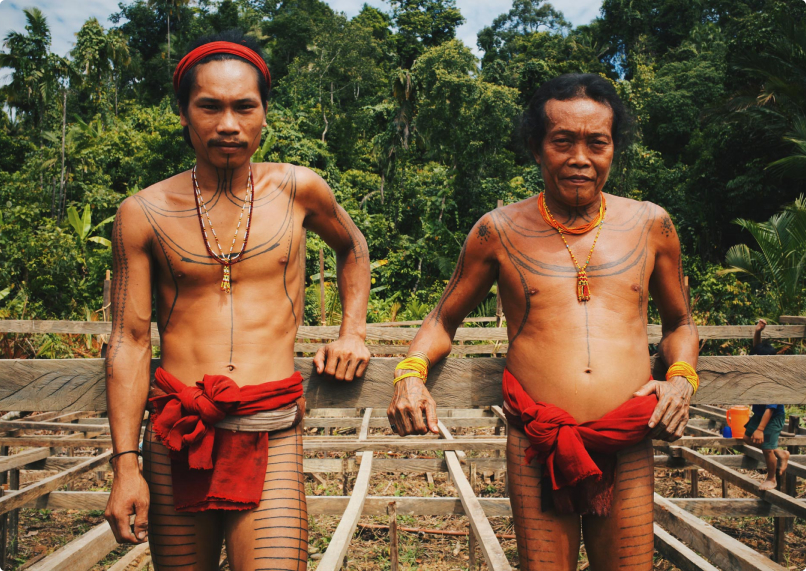
Comprised of swamp, riverine and floodplain forest habitats, the Bajo Paragua is rich in Endangered Amazon species. The proposed protected areas will safeguard 1,273 species of fish, amphibians, reptiles, birds and many charismatic large mammals. These include the Crowned Solitary Eagle (EN), Black-faced Black Spider Monkey (EN), Giant Otter (EN), Tapir (VU) and Jaguar (VU). The site also houses globally threatened timber species like Broadleaf Mahogany (VU), Umburana Do Cheiro (EN) and Spanish Cedar (VU).
A newly discovered golden bat species will also benefit from this protection. Although its conservation status is yet to be determined, it is highly likely to be classified as Endangered and endemic given its limited range and increasing habitat loss. Species numbers are still preliminary and likely to increase, as much of the biodiversity in the area is still unknown to science.
The Bajo Paragua also forms a critical corridor between two vast neighboring protected areas–securing it will maintain an unbroken expanse of forest through to Brazil.
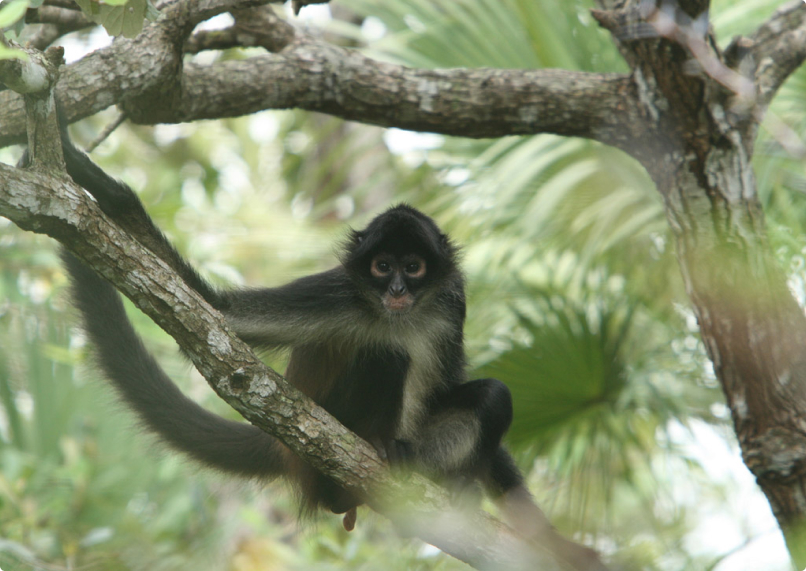
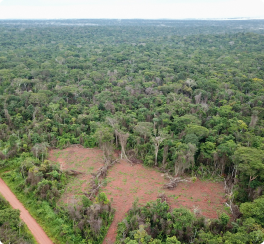
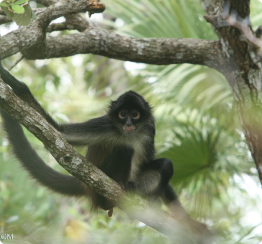

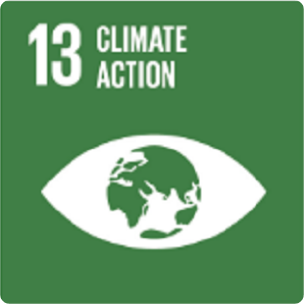
The protection of this project helps participate in several of the United Nations Sustainability Goals
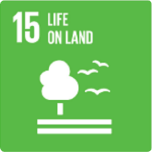
Sustainably manage forests, combat desertification, halt and reverse land degradation, halt biodiversity loss.
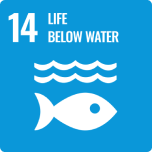
Conserve and sustainably use the oceans, seas and marine resources for sustainable development.
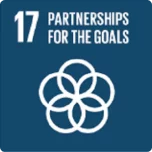
The protection of this project helps participate in several of the United Nations Sustainability Goals
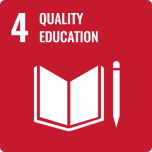
Sustainably manage forests, combat desertification, halt and reverse land degradation, halt biodiversity loss.
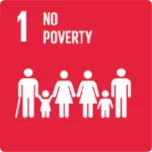
Sustainably manage forests, combat desertification, halt and reverse land degradation, halt biodiversity loss.
One Tribe enables businesses to be more sustainable by funding rinforest protection projects that store carbon from being released into the atmosphere. By enabling customers to protect rainforest when they shop online we also empowers consumers to drive positive change
One Tribe is a Climate Action Platform enabling businesses and their customers to make a positive environmental impact.
Eric currently works as an independent consultant at the intersection of nature and climate, focused on catalysing market and non-market solutions to drive the just transition.
He previously was Head of Product at Earthshot Labs, supporting nature conservation and restoration projects across the global south secure project finance. Prior to Earthshot Labs, Eric led nature-based carbon project development for Gorongosa National Park in Mozambique and founded the Carbon Cooperative, a global alliance of leading nature conservation and restoration practitioners exploring carbon finance. After serving in the Peace Corps in Mozambique out of university, he spent much of his 20s working in community-based conservation and ecosystem restoration efforts in Sub-Saharan Africa interspersed with two startup ventures as co-founder and CEO of a mental health tech startup and COO of a sustainable coffee company. Eric has a dual Masters in Environmental Engineering and Environmental Policy from Stanford University where he was a NSF Graduate Research Fellow and a BS in Environmental Engineering from Tufts University.
Alan is a risk management thought-leader, superconnector, and FinTech pioneer. His mission is to enable an Earth Positive economy which includes nature in global accounting systems.
Alan is Founder of Generation Blue, a venture studio dedicated to planetary game changers powered by exponential technologies. Previously, Alan established Natural Capital Markets at Lykke AG, pioneering blockchain based forestry and carbon backed tokens. Alan has over two decades of risk management experience advising global financial institutions, and was a founding member of the RiskMetrics Group, a JPMorgan spin-off. Alan is an investor and advisor to regenerative impact ventures, including TreeBuddy.Earth, Regenativ, and Vlinder Climate.
Lori Whitecalf made history when she became the first woman to be elected Chief of Sweetgrass First Nation in 2011. She served three terms of office from 2011-2017.
Lori took a two-year hiatus from leadership to expand the family ranch and serve as the FSIN Senior Industry Liaison. She was re-elected on November 29. 2019 and again on November 30, 2021, as Chief of Sweetgrass. Chief Whitecalf practises a traditional lifestyle of hunting, fishing and gathering. She currently sits on the following boards: Saskatchewan Indian Institute of Technology, FSIN Lands and Resource Commission, Battle River Treaty 6 Health Centre and Battleford Agency Tribal Chiefs Executive Council, FSIN Women’s Commission.
Tina is the Chief Business Officer for MLTC Industrial Investments, the Economic Development arm of the Meadow Lake Tribal Council. She has a diverse background of experience. Having spent 15 years as a municipal Chief Operating Officer, 20 years involved in Saskatchewan’s Health Authority Board Keewatin Yatthe and 9 years with Northern Lights Board of Education.
She continues as a Board Member with Beaver River Community Futures supporting small business development in her home region. Tina brings a wealth of experience in a variety of fields and many connections to the Indigenous communities of Northern Saskatchewan. In addition Tina holds a BA Advanced from the U of S, a Certificate in Local Government Authority from the U of R and is certified as a Professional Economic Developer for Saskatchewan and a certified Technician Aboriginal Economic Developer (TAED).
Tootoosis’ career spans 40+ years in HRM, political leadership, and Indigenous economic development, as a dedicated bridge builder and advocate for Indigenous causes.
As a key member of the Saskatoon Regional Economic Development Authority (SREDA) team since 2021, he develops strategies for the Truth and Reconciliation Commission final report and Call to Action #92.
He is a graduate of the First Nations University of Canada and a certified Professional Aboriginal Economic Developer. Spearheading various community initiatives while serving as a Chair of the SIEDN while directing ILDII and WIBF. Founder of MGT Consulting Tootoosis is based in Saskatoon, Treaty Six Territory.
Cy Standing (Wakanya Najin in Dakota) has a long and distinguished career including serving overseas as an Electronics Technician in the Royal Canadian Air Force, former Chief of Wahpeton Dakota Nation, former Vice Chief of the Federation of Saskatchewan Indigenous Nations (FSIN), past Executive Director of Community Development Branch of the Department of Northern Saskatchewan as well as an Order in Council appointment to the Federal Parole Board.
Mr. Standing has served as a Director on many Profit and Non-Profit Corporate Boards, including serving as a Director for Affinity Credit Union with assets of over six billion dollars as well as IMI Brokerage and Wanuskewin and is currently a member of the One Tribe Indigenous Carbon Board.